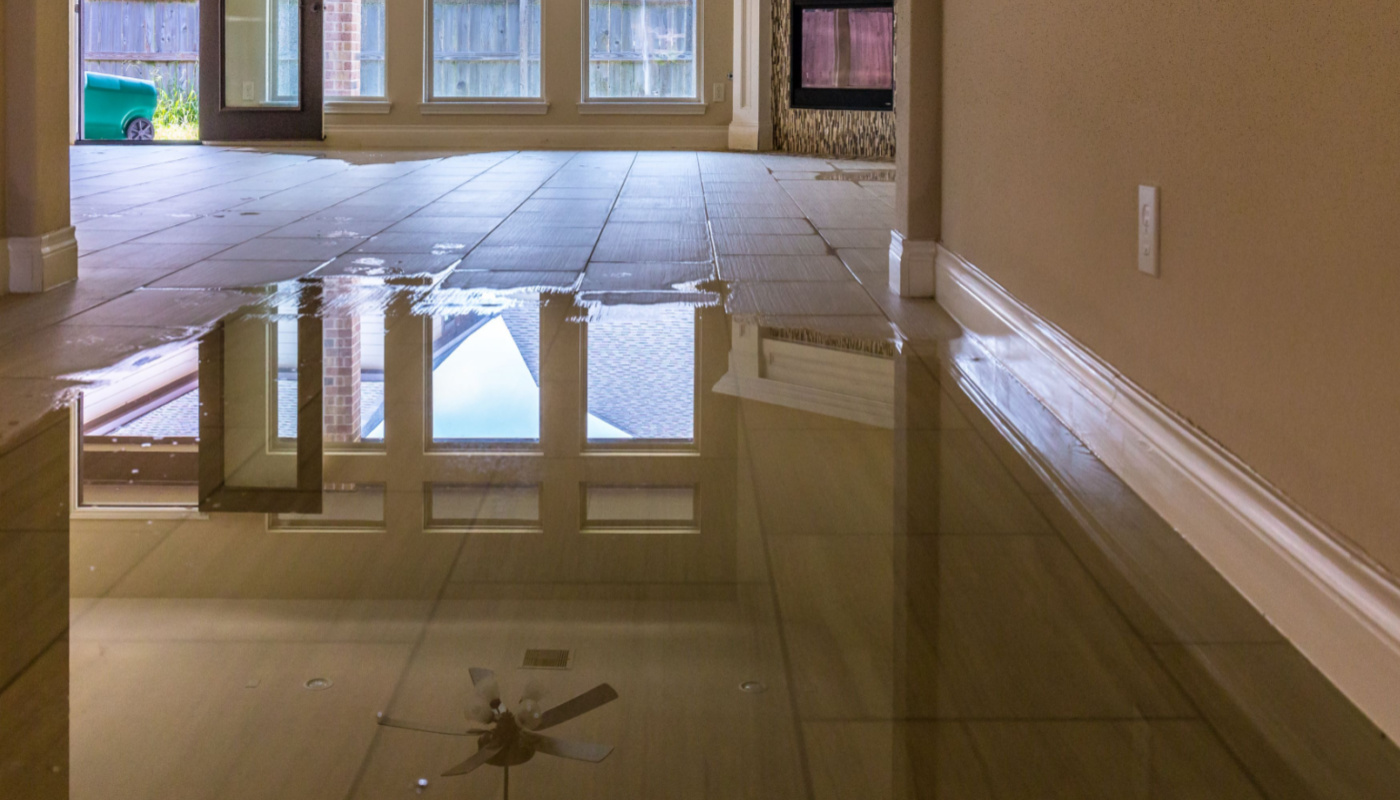It’s vital for HOAs to be proactive about the increased risk of slips and falls due to snow or ice. Having a plan in place reduces the chances of pain and suffering among residents and guests. It also helps prevent lawsuits that could threaten a community’s reserve fund and drive up the already soaring cost of HOA insurance.
Typically an HOA’s responsibility is to clear common areas like sidewalks, stairs, and parking lots. However, in communities made up of single-family homes, the individual homeowners are often required to clear their own driveways, steps, and stretches of sidewalk.
If you live in a wintry region, it’s likely that the community already has a workable plan. Even so, the HOA board should take time to review the snow-removal contract and make sure the vendor is still able to handle the work.
However, those in areas known for mild winters can be caught short by unusually snowy weather. Residents who aren’t accustomed to walking or driving on slippery surfaces are at high risk. Even if snow is a rarity, it’s still essential to contract with a snow removal company. In milder climates, this might be your usual landscaping vendor.
Hiring a snow & ice removal service
A snow-removal contract should include:
- Proof of liability insurance. A copy of the policy should be provided to the HOA, which should confirm the coverage.
- A map/description. The contractor needs a clear understanding of which areas need shoveling, sanding, and plowing.
- Times of service. Will work take place only after a certain amount of snow has fallen? Will the company plow at night or in the early morning hours? How often will salt or ice melt be applied?
- Where the snow will go. Plowing snow into large piles creates more potential liability , as children may want to climb and play on these “mountains.” Will the company remove the snow from the property entirely?
- Extra service. If it’s a particularly snowy winter or if there’s an ice storm, ask whether the company could plow, shovel or sand more often than usual. How much additional service can the HOA expect, and how much will it cost?
- Signage. Is the company willing to put up portable “Caution – slippery conditions” signs in the common areas? Or should that task be done by HOA employees?
Note: Sometimes the issue isn’t snow but rather ice storms, whose effects can linger for days. You can’t plow or shovel ice, but you can salt and/or sand the sidewalks, roads, and parking lots to help prevent falls and fender-benders.
What residents should expect
The HOA has “a duty of ordinary and reasonable care ” in terms of keeping its grounds safe. But when it comes to snow removal, there’s no one-size-fits-all standard. Talk with the company about best practices. For example, you might learn that most customers specify plowing only after four inches of snow have accumulated. If that’s not acceptable, discuss other options.
Use the HOA newsletter/e-mail to inform residents of the community’s snow removal plan and how long it should take once the snow starts falling. That way, the HOA office won’t be inundated with anxious phone calls after half an inch of snow is on the ground.
In the same newsletter or e-mail, remind them of any personal homeowner responsibilities, such as the need to shovel sidewalks. (Also remind them of rules such as “no pushing snow into the street.”) Suggest that single-family homeowners purchase sand or ice melt now, before they need it.
Finally, consider offering safety tips such as “Wear grippers on your shoes when it’s icy” or “Drive more slowly on snowy streets, as it can take longer to stop.” Although winter happens every year, it sometimes catches people by surprise.
The bottom line
The HOA has a duty to provide a safe environment and to safeguard the community’s financial resources. Failing to have a snow-removal plan in place would be a big mistake. Review your community’s winter plan and let residents know that you’re watching out for them.




